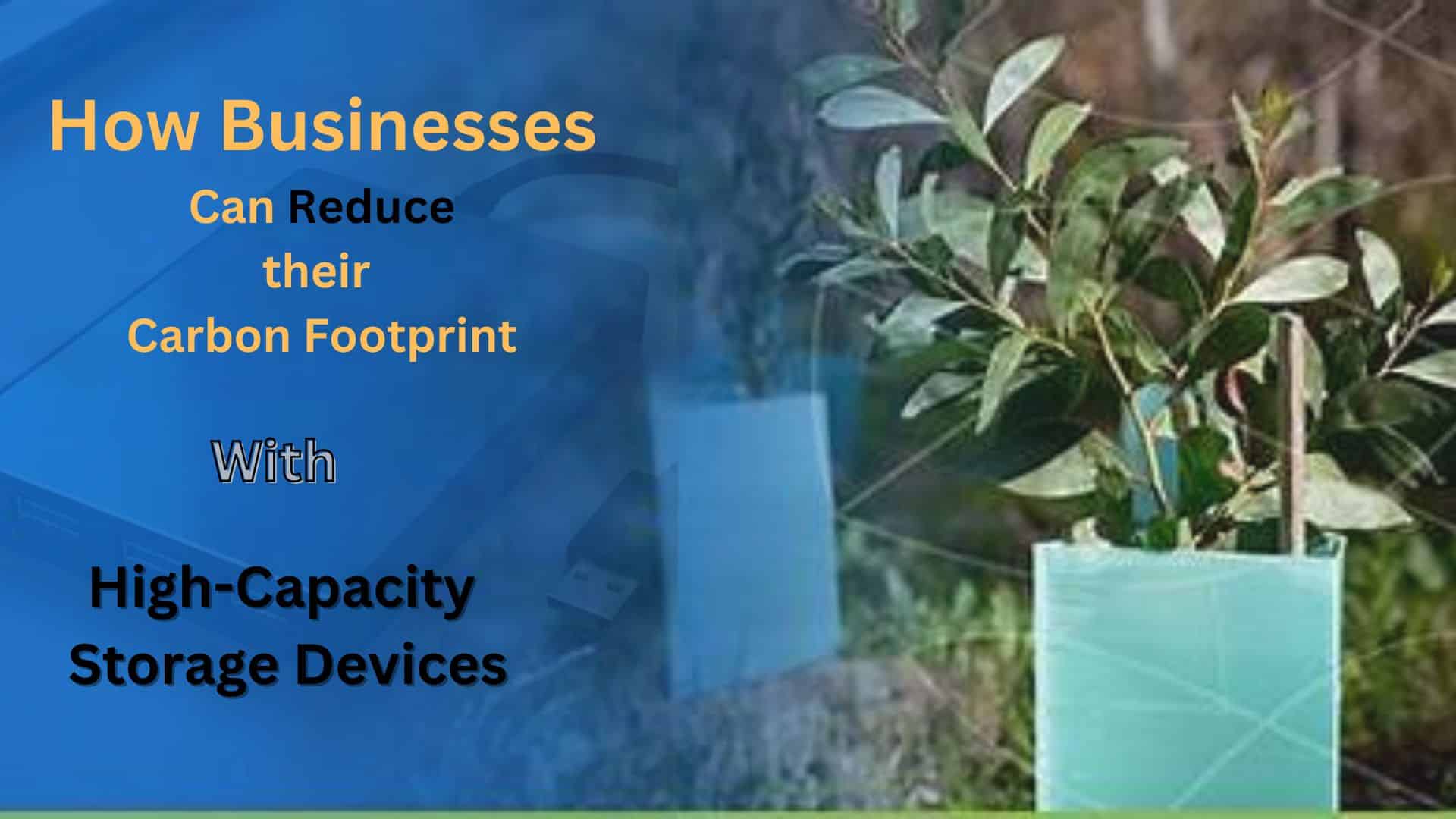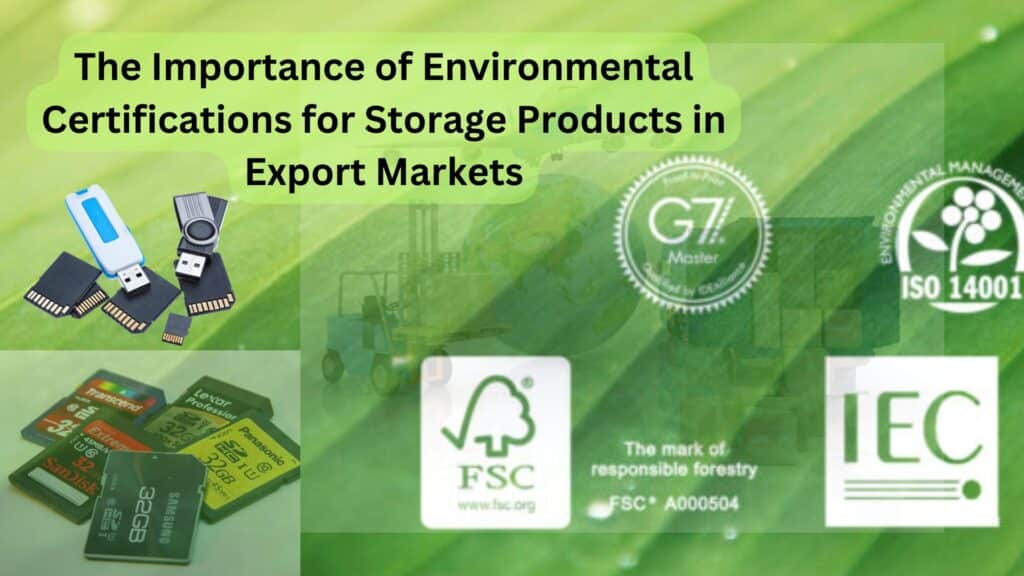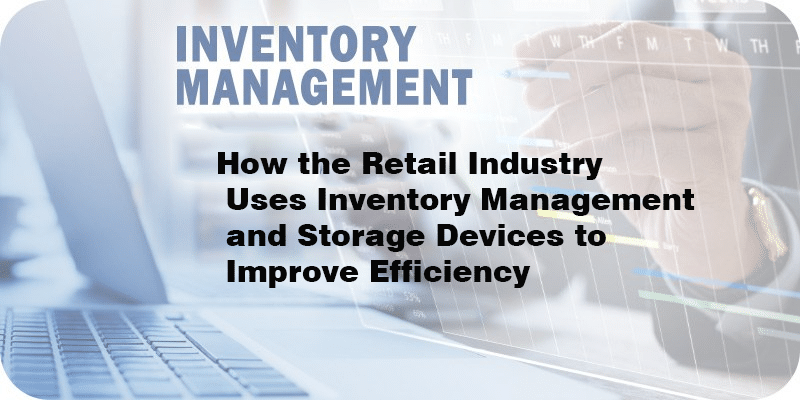High-Capacity Storage: Cutting Businesses’ Carbon Footprint by 50%

Introduction
As businesses face increasing pressure to reduce their carbon footprint, one area that offers significant potential for improvement is their storage solutions. High-capacity storage devices, such as SSDs and cloud-based systems, provide businesses with the opportunity to reduce energy consumption and overall environmental impact. This article explores how businesses can reduce their carbon footprint by adopting energy-efficient high-capacity storage solutions, focusing on modern energy-efficient storage solutions and sustainable storage products. By shifting to greener storage technologies, companies can achieve substantial reductions in both power usage and waste, aligning with corporate social responsibility goals.
Understanding the Carbon Footprint of Storage Solutions
- Explanation of Carbon Footprint and Its Relation to Storage Devices
The carbon footprint of a storage device refers to the total greenhouse gas emissions generated throughout its lifecycle. From the manufacturing process to operation and disposal, each stage contributes to the environmental impact. For storage products, a significant portion of this footprint is due to the energy consumed during operation, the materials used in manufacturing, and the waste produced at the end of their lifespan. The carbon emissions related to traditional storage devices like hard disk drives (HDDs) and older technologies are considerable, as they consume more energy and require more frequent replacements.
- Factors Contributing to the Carbon Footprint of Storage Devices
- Energy Consumption: Traditional storage devices tend to consume more energy when operating compared to newer, more energy-efficient models. This includes both the power needed for running the devices and for cooling systems to maintain optimal operating conditions.
- Manufacturing Impact: The production of storage devices often relies on non-renewable materials and energy-intensive processes that contribute significantly to a product’s carbon footprint.
- End-of-Life Disposal: Improper disposal of storage devices adds to e-waste, which further exacerbates the environmental impact.
High-Capacity Storage for Energy Efficiency
- Benefits of Using High-Capacity Storage for Data Management and Energy Efficiency
Switching to high-capacity storage devices has a direct impact on reducing energy consumption. With high-capacity drives such as SSDs, companies can store more data on fewer devices. This reduces the need for multiple drives, cutting down both the physical and energy costs associated with data management. Furthermore, high-capacity devices like SSDs operate using less power, meaning businesses benefit from lower energy consumption for the same amount of data storage.
- Comparison of Power Consumption Between Traditional and High-Capacity Storage Solutions
- Traditional Storage Devices: Hard disk drives (HDDs) are typically less energy-efficient. The need for multiple devices to manage larger datasets increases both energy use and the physical footprint of storage systems. HDDs are also more prone to mechanical failure, leading to more frequent replacements, further exacerbating their carbon footprint.
- High-Capacity Storage Devices (e.g., SSDs): Solid-state drives (SSDs) are significantly more energy-efficient, using less power to operate. They have no moving parts, which not only enhances durability but also reduces the energy required for their function. High-capacity storage devices like SSDs can handle more data with less energy consumption, making them an ideal choice for businesses looking to reduce their carbon footprint.
Adopting Green Storage Solutions
- Examples of Energy-Efficient Storage Solutions
- Solid-State Drives (SSDs): As mentioned, SSDs are more energy-efficient than HDDs. They use less power while providing faster data access, which makes them a key technology for businesses aiming to reduce energy consumption. Moreover, many SSD manufacturers now use eco-friendly materials in their production processes, aligning with sustainability goals.
- Cloud-Based Storage: Many companies are transitioning to cloud storage services that rely on renewable energy to power their data centers. This shift not only reduces the company’s direct energy consumption but also leverages the power of centralized, highly efficient storage systems.
- Recyclable Storage Devices: As part of a broader environmental strategy, some companies are focusing on creating recyclable storage products that reduce e-waste. These devices are built to be disassembled and reused, offering a sustainable alternative to disposable products.
- How Businesses Can Evaluate the Environmental Impact of Storage Products Before Purchasing
Businesses should look for energy-efficient storage solutions that offer clear environmental benefits. Certifications like Energy Star for power consumption or ISO 14001 for environmental management can guide businesses in their purchasing decisions. Additionally, businesses can assess the product lifecycle by evaluating the materials used, energy consumption, and recyclability options. Eco-conscious businesses can choose storage devices that offer greater efficiency while minimizing waste.
Sustainability Initiatives by Businesses
- Case Studies of Companies That Have Reduced Their Carbon Footprint Through Storage Solutions
- Tech Companies: Leading technology companies, such as Google and Microsoft, have invested heavily in green data centers powered by renewable energy. By integrating high-capacity storage and low-energy systems into their data management strategies, they have dramatically reduced their carbon footprints. These companies serve as role models for how businesses can lower energy usage by embracing eco-friendly storage technologies.
- Manufacturers: Storage device manufacturers are also addressing the carbon footprint issue by adopting energy-efficient production techniques and using sustainable materials. For example, companies producing energy-efficient storage solutions are reducing carbon emissions by relying on green manufacturing practices.
- The Role of Corporate Sustainability Programs in Driving Eco-Friendly Choices
Businesses with dedicated sustainability programs are well-positioned to drive eco-friendly choices across their operations. Many organizations are incorporating sustainable practices into their corporate strategies, from reducing energy consumption to managing waste responsibly. This includes the integration of sustainable storage products that lower operational carbon footprints and contribute to broader environmental goals.
Conclusion
Choosing the right storage solutions is a key step in reducing a business’s carbon footprint. High-capacity storage devices, such as SSDs, offer a more energy-efficient and environmentally friendly alternative to traditional storage systems. By making informed decisions, businesses can not only lower their operational costs but also align with their sustainability goals. As demand for energy-efficient storage solutions grows, it’s essential for businesses to embrace sustainable storage products and integrate them into their long-term strategies for a greener future. Adopting these technologies will not only help businesses meet their sustainability objectives but also position them as leaders in corporate responsibility, driving positive change in the storage industry and beyond.







